1.2: What Are Linear Functions?
( \newcommand{\kernel}{\mathrm{null}\,}\)
In calculus classes, the main subject of investigation was functions and their rates of change. In linear algebra, functions will again be focus of your attention, but now functions of a very special type. In calculus, you probably encountered functions
.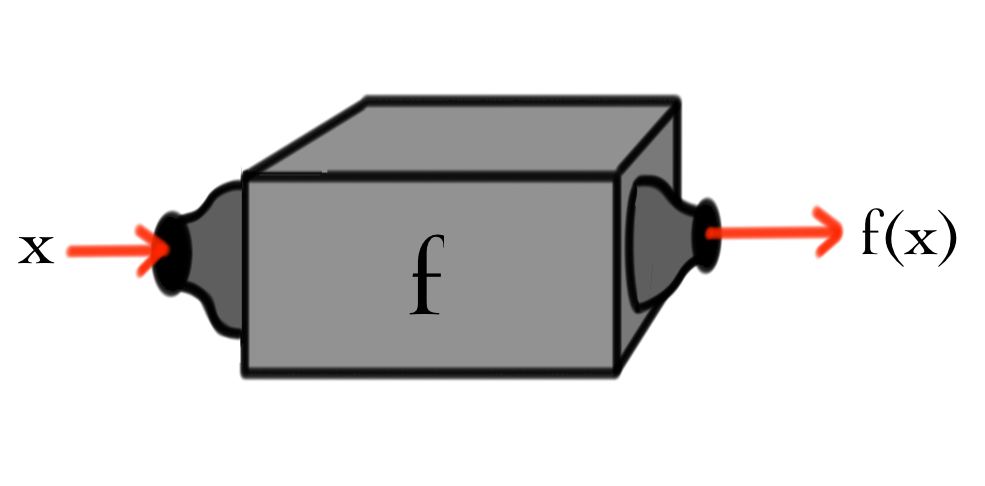
In linear algebra, the functions we study will take vectors, of some type, as both inputs an outputs. We just saw that vectors were objects that could be added or scalar multiplied---a very general notion---so the functions we are going study will look novel at first. So things don't get too abstract, here are five questions that can be rephrased in terms of functions of vectors:
Example
- What number
- What vector
- What polynomial
- What power series
- What number
For part (a), the machine needed would look like the picture below.

This is just like a function
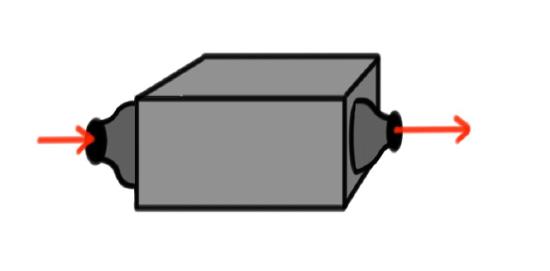
The inputs and outputs are both 3-vectors. You are probably getting the gist by now, but here is the machine needed for part~(
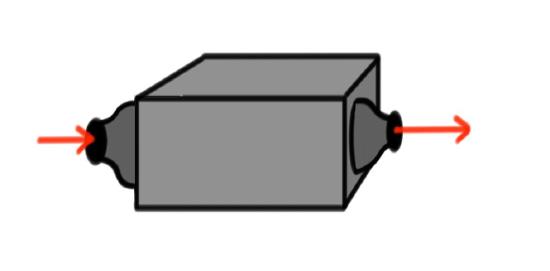
Here we input a polynomial and get a 2-vector as output!
By now you may be feeling overwhelmed and thinking that absolutely any function with any kind of vector as input and any other kind of vector as output can pop up next to strain your brain! Rest assured that linear algebra involves the study of only a very simple (yet very important) class of functions of vectors; its time to describe the essential characteristics of linear functions.
Let's use the letter
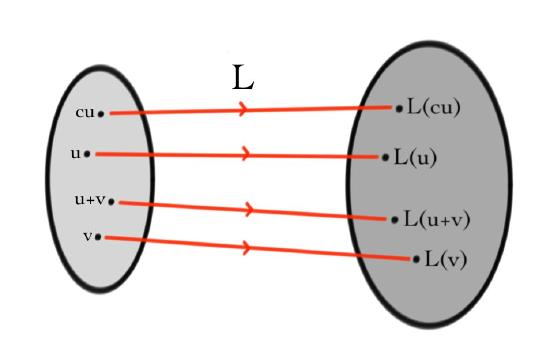
The ``blob'' on the left represents all the vectors that you are allowed to input into the function
\[ L(u)+L(v)\quad \&\quad cL(u)\, . $$
You might already be able to guess the values we would like these to take. If not, here's the answer, it's the key equation
of the whole class, from which everything else \hypertarget{twopart}{follows}:
1. Additivity:
2. Homogeneity:
Most functions of vectors do not obey this requirement; linear algebra is the study of those that do. Notice that the additivity requirement says that the function
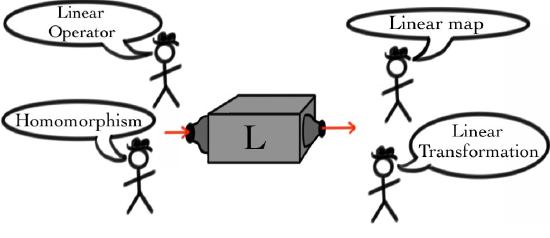
Function = Transformation = Operator
The questions in cases (a) - (d) of our example can all be restated as a single equation:
where
A great example is the derivative operator:
Example
For any two functions
If we view functions as vectors with addition given by addition of functions and scalar multiplication just multiplication of functions by a constant, then these familiar properties of derivatives are just the linearity property of linear maps.
Before introducing matrices, notice that for linear maps
which feels a lot like the regular rules of algebra for numbers. Notice though, that "
Remark A sum of multiples of vectors
Contributor
David Cherney, Tom Denton, and Andrew Waldron (UC Davis)


